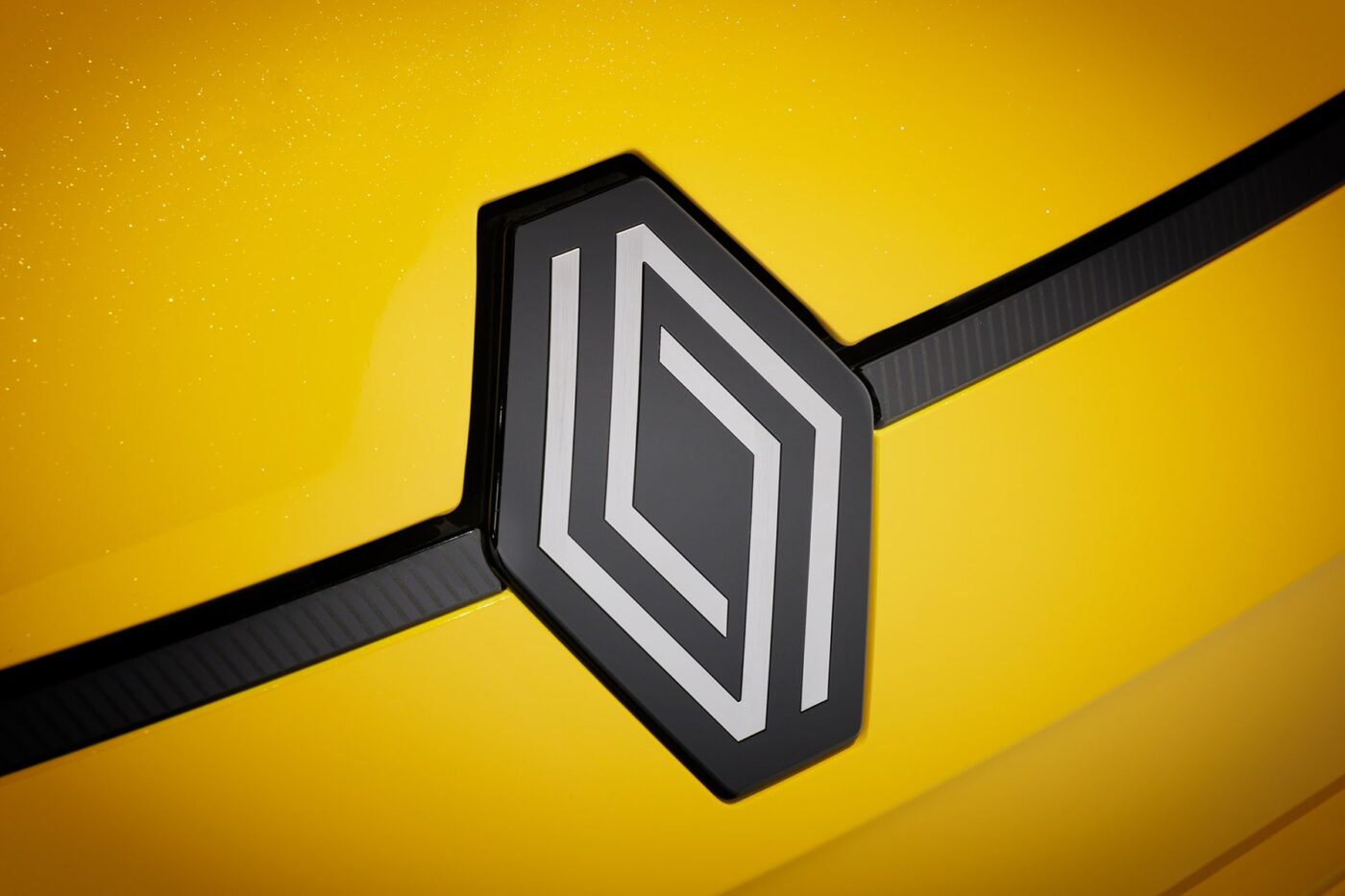Renault Espace could return as an electric car with a retro design
Renault established a whole new vehicle class in Europe in 1984 with the Espace. It was the first large saloon with a ‘one-box’ design and thus basically the forefather of today’s vans. One of the innovative features at the time was the space concept with seven seats, five of which could be removed individually so that the boot could be extended to three cubic metres of load space. However, the current Espace model has little to do with this, as it is currently an elongated seven-seater version of the hybrid SUV Austral.
This means that the Espace in 2024, which is currently only available as a hybrid model, has little to do with the original version of the Espace from 1984. Renault and its electric subsidiary Ampère have apparently also recognised this – and, according to information from the British medium Autocar, is now considering bringing out the next model generation of the Espace as a van again, which is much closer to the concept and design of 1984 than the current model. Renault is currently riding the retro wave with its electric cars, as shown by the plans for an electric Twingo close to the original design. The design of the Renault 5 also draws heavily on its iconic predecessor.
Olivier Brosse, Renault’s global head of the Ampr medium platform, told Autocar that a resurrection of the ground-breaking Espace “something we are contemplating” as Renault expands its electric car offering into new segments. He continued: “Technically I think it is possible, but after that we would have to consider if an MPV would be accepted by European customers.”
An electric, seven-seater Espace MPV based on the Ampr medium architecture (formerly known as CMF-EV), on which the Mégane and Scenic electric crossovers are also based, would give Renault a competitor to the Volkswagen ID.Buzz and seven-seater SUVs such as the Kia EV9. There are also various vehicles from China with which an electric Espace would compete, for example, the Maxus Mifa 7, the Xpeng X9 or the Zeekr Mix.
One of the hurdles in the development of such a vehicle would be the weight and, in this context, the drive system. “I think one technical problem we have is that after the car exceeds 2.0-2.2 tonnes, from a technical perspective it’s mandatory that the car becomes rear-driven,” said Brosse. According to Brosse, all-wheel drive would also be conceivable, while front-wheel drive would be ruled out. But that should not be the end of the story: “Electric car platforms bring a number of benefits that allow us to optimise internal packaging, and from a design point of view they give you a lot more freedom,” he said.
As these are just ideas so far, there is no information yet on when a fully electric Renault Espace could appear. Naturally, no technical details are yet known either. However, the report from Autocar is no coincidence. After all, the CEO considers the reinvention of classic designs to be “irresistible” – suggesting that other models could return as the company expands its electric car portfolio.





0 Comments